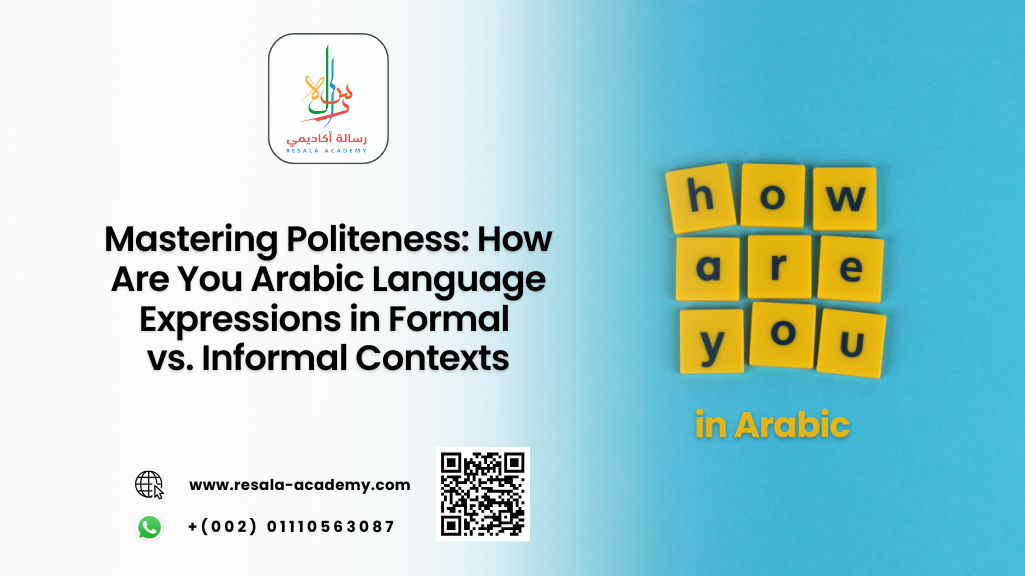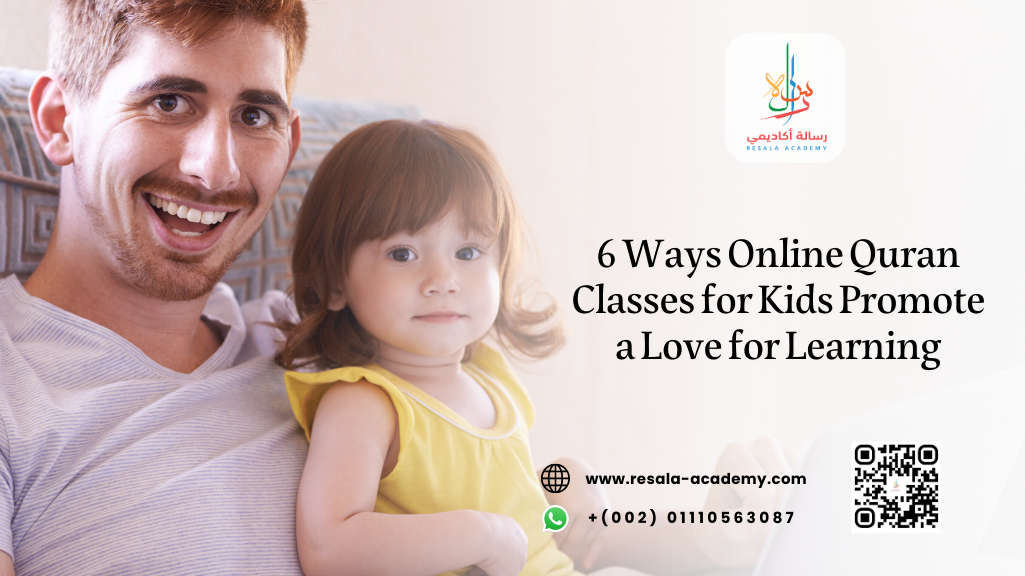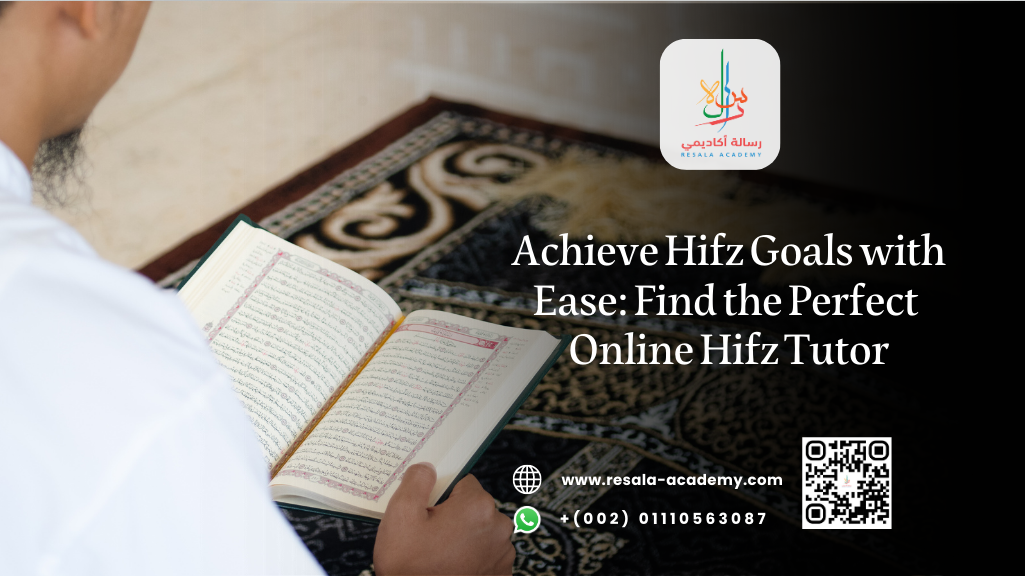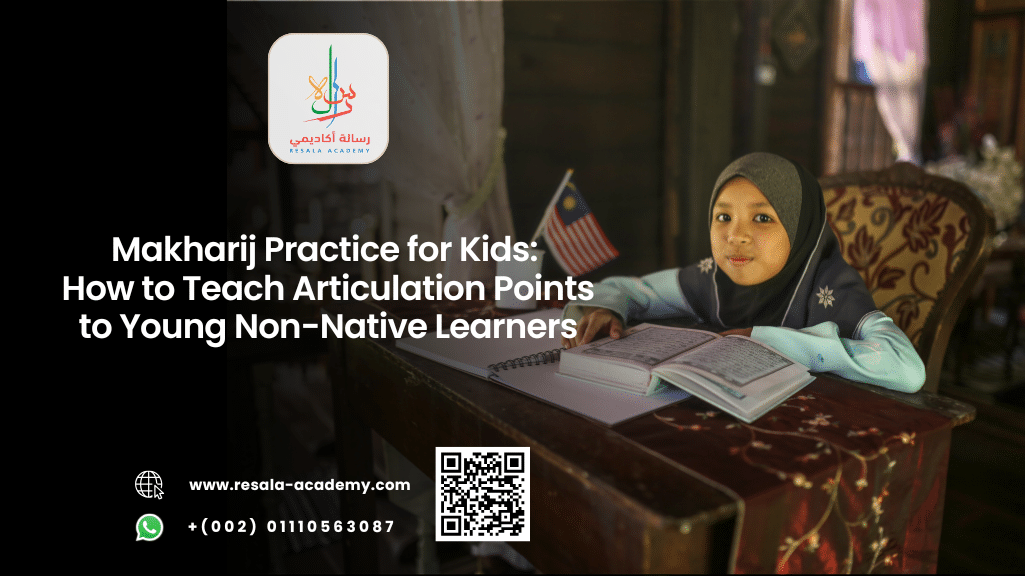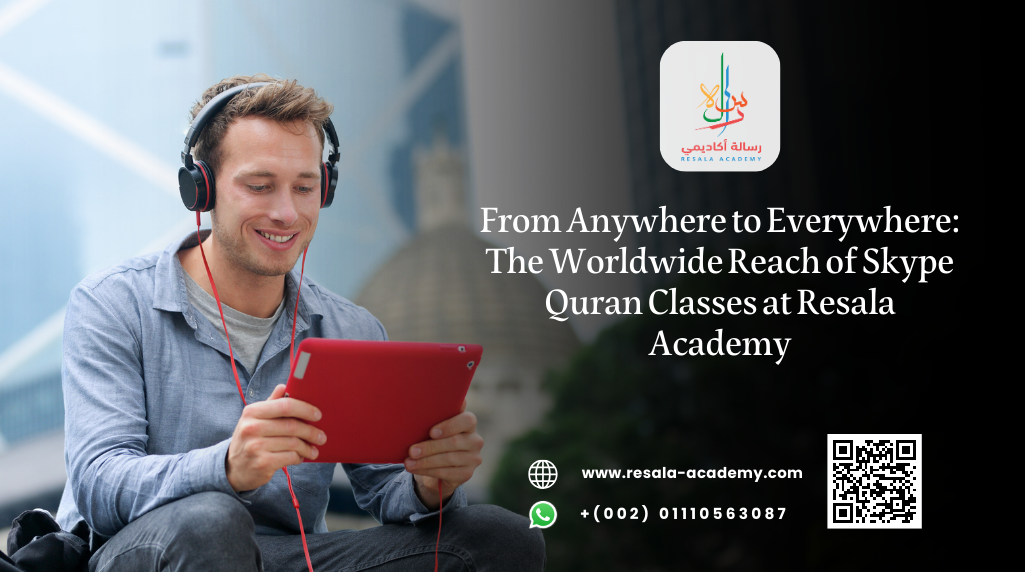Table of Contents
Mastering Politeness: How Are You Arabic Language Expressions in Formal vs. Informal Contexts
Learning a new language is more than just memorizing vocabulary—it’s about understanding the culture, tone, and context behind every phrase. One of the first expressions learners often encounter is the simple yet essential greeting: How Are You Arabic Language?
This phrase takes on various forms depending on the formality of the situation, the dialect, and even the gender of the person being addressed.
In this comprehensive guide, we’ll explore the different ways to say “how are you” in Arabic, distinguish between formal and informal usage, and provide cultural insights to help non-native speakers communicate with confidence and respect. Whether you’re a beginner or an intermediate learner, this article—powered by insights from Resala Academy—will deepen your understanding of Arabic etiquette and enrich your conversational skills.
Why “How Are You Arabic Language” Matters
In Arab culture, greetings are more than just pleasantries—they are a sign of respect, warmth, and social etiquette. Asking someone how they are is a fundamental part of any interaction, and knowing the right expression to use can make a significant difference in how you’re perceived.
The phrase “how are you Arabic language” is not one-size-fits-all. It varies based on:
- Formality (professional vs. casual)
- Gender of the speaker and listener
- Regional dialects (Modern Standard Arabic vs. Egyptian, Levantine, Gulf, etc.)
- Context (first-time meeting, friends, elders, etc.)
Formal vs. Informal: The Core Differences
Formal Arabic: Modern Standard Arabic (MSA)
In formal settings—such as business meetings, academic environments, or when addressing someone older or in a position of authority—Modern Standard Arabic (MSA) is typically used.
Formal Expression:
- Arabic: كَيْفَ حَالُكَ؟ (kayfa ḥāluka?) [to a male]
- Arabic: كَيْفَ حَالُكِ؟ (kayfa ḥāluki?) [to a female]
- Translation: How are you?
This expression is grammatically correct and universally understood across the Arab world, making it ideal for formal communication.
Contextual Usage:
- In a job interview
- When emailing a professor
- During a formal speech or presentation
Informal Arabic: Dialectal Variations
In everyday conversations, Arabs typically use colloquial dialects. These vary by region but are more commonly used than MSA in casual settings.
Egyptian Arabic:
- Male: إزيك؟ (izzayyak?)
- Female: إزيكِ؟ (izzayyik?)
- Translation: How are you?
Levantine Arabic (Lebanon, Syria, Jordan, Palestine):
- Male: كيفك؟ (keefak?)
- Female: كيفكِ؟ (keefik?)
- Translation: How are you?
Gulf Arabic:
- Male: شلونك؟ (shlonak?)
- Female: شلونچ؟ (shlonich?)
- Translation: How are you?
These informal greetings are perfect for chatting with friends, texting, or casual conversations.
Read more about: The Syntax of Arabic Pronouns in Nominal vs. Verbal Sentences
Gender Matters in Arabic
Arabic is a gendered language, meaning that verbs and pronouns change depending on the gender of the speaker and the listener.
Here’s a quick breakdown:
| English | Arabic (Male) | Arabic (Female) |
|---|---|---|
| How are you? | كيف حالك؟ (ḥāluka) | كيف حالكِ؟ (ḥāluki) |
| Are you okay? | هل أنت بخير؟ | هل أنتِ بخير؟ |
Being mindful of gendered expressions is crucial for respectful and accurate communication.
Examples of How Are You Arabic language in Real-Life Scenarios
1. Formal Business Email
Arabic: السلام عليكم، كيف حالك؟
Translation: Peace be upon you, how are you?
Context: Used in professional emails or formal letters.
2. Casual Chat with a Friend (Egyptian Dialect)
Arabic: إزيك يا أحمد؟
Translation: How are you, Ahmed?
Context: Informal greeting among friends.
3. Meeting an Elder (Levantine Dialect)
Arabic: كيفك يا عمو؟
Translation: How are you, uncle?
Context: Respectful yet informal.
4. Greeting a Female Colleague (MSA)
Arabic: كيف حالكِ يا أستاذة؟
Translation: How are you, professor?
Context: Formal and respectful.
Nuances of How Are You Arabic Language Expressions Across Social Hierarchies
Understanding how to say “How are you in Arabic language” goes beyond grammar—it’s deeply rooted in social customs and interpersonal dynamics. In Arab societies, the choice of greeting reflects not only the relationship between speakers but also their relative status, age, and familiarity. Here are key insights that enrich your understanding:
Hierarchical Sensitivity: When addressing someone of higher status (e.g., a manager or elder), learners should opt for more elaborate and respectful expressions like:
كيف حال حضرتك؟ (kayfa ḥāl ḥaḍratak?) – “How is your esteemed self?”
This version adds a layer of politeness and is commonly used in Egypt and other regions where titles are culturally significant.Double Greetings: In many Arab cultures, it’s customary to ask “how are you” more than once or in multiple ways during a single conversation. For example:
كيف حالك؟ عامل إيه؟ (kayfa ḥāluka? ʿāmil eh?) – “How are you? How’s everything going?”
This shows genuine concern and interest, strengthening social bonds.Use of Honorifics: Adding titles like أستاذ (ustādh – Mr./Professor) or أستاذة (ustādha – Ms./Professor) before or after the greeting enhances formality and respect, especially in academic or professional settings.
Regional Identity Through How Are You Arabic Language Variants
The expression “How are you Arabic language” is not just a phrase—it’s a linguistic fingerprint that reveals regional identity, cultural background, and even socio-political nuances. Each dialectal variation carries unique connotations that learners should appreciate:
Maghrebi Arabic (North Africa): In countries like Morocco and Algeria, you might hear:
كيداير؟ (kīdāyir?) – “How are you?” (masculine)
كيدايرة؟ (kīdāyra?) – “How are you?” (feminine)
These forms are distinct from Levantine or Gulf dialects and reflect the Amazigh-influenced phonology of the region.Sudanese Arabic: A warm and poetic variation includes:
عامل شنو؟ (ʿāmil shinu?) – Literally “What have you been doing?”
It’s a friendly, informal way to ask about someone’s well-being and is often accompanied by a smile and a handshake.Hijazi vs. Najdi Dialects (Saudi Arabia): Even within the same country, dialects differ.
- Hijazi: كيفك؟ (keefak?)
- Najdi: وشلونك؟ (wesh-lōnak?)
These subtle differences highlight the rich diversity within the Arabic-speaking world and provide learners with deeper cultural immersion.
By mastering these regional expressions, students can navigate conversations with greater authenticity and cultural fluency—skills that are central to the immersive learning experience offered by Resala Academy.
Cultural Tips for Using Arabic Greetings
Understanding the cultural nuances of Arabic greetings is just as important as the words themselves. Here are some tips:
👋 Always greet elders and superiors first.
🧕 Use formal Arabic in professional or unfamiliar settings.
😄 Smile and maintain eye contact—it’s part of the greeting!
🤝 In some cultures, a handshake or cheek kiss may accompany the greeting.
🕊️ “Peace be upon you” (السلام عليكم) is often used before asking how someone is.
Quick Reference: Common Arabic Greetings
Here’s a handy list of greetings and responses:
السلام عليكم (As-salāmu ʿalaykum) – Peace be upon you
→ وعليكم السلام (Wa ʿalaykum as-salām) – And peace be upon youصباح الخير (Ṣabāḥ al-khayr) – Good morning
→ صباح النور (Ṣabāḥ an-nūr) – Morning of lightكيف حالك؟ (Kayfa ḥāluka?) – How are you?
→ بخير، الحمد لله (Bikhayr, al-ḥamdu lillāh) – Fine, praise be to God
Learn with Resala Academy: Your Gateway to Arabic Mastery
Resala Academy is a leading online Arabic learning platform dedicated to helping non-native speakers master the Arabic language in all its forms—formal, informal, classical, and dialectal.
Why choose Resala Academy?
✅ Native Arabic-speaking instructors
✅ Structured curriculum tailored for non-native learners
✅ Live interactive classes and on-demand lessons
✅ Focus on cultural context and real-life communication
✅ Affordable pricing and flexible schedules
Whether you’re learning Arabic for travel, business, or personal growth, Resala Academy offers the tools and support you need to succeed.
Your Arabic Journey Starts Here: Enroll with Resala Academy
Learning Arabic online is a journey—one that opens doors to new cultures, relationships, and opportunities. But every journey needs a reliable guide. That’s where Resala Academy comes in.
Whether you’re just starting or looking to refine your skills, Resala Academy offers:
📚 A comprehensive curriculum from beginner to advanced
🧑🏫 Expert instructors with years of experience
🌍 Cultural immersion through language
💬 Real-time feedback and personalized coaching
Don’t just learn Arabic—live it. Join Resala Academy today and take your first step toward fluency!
Frequently Asked Questions (FAQs)
1. What is the most common way to say “how are you” in Arabic?
The most widely understood formal way is كيف حالك؟ (kayfa ḥāluka?) for males and كيف حالكِ؟ (kayfa ḥāluki?) for females. In informal settings, dialectal versions like إزيك؟ (izzayyak?) in Egyptian Arabic or كيفك؟ (keefak?) in Levantine Arabic are more common.
2. How do I know when to use formal vs. informal Arabic?
Use Modern Standard Arabic in formal situations such as business meetings, academic settings, or when addressing elders. Use colloquial dialects with friends, peers, or in casual conversations. If in doubt, start formal—it’s always safer.
3. Does Arabic change based on gender?
Yes, Arabic is a gendered language. Most expressions, including greetings, change depending on whether you’re speaking to a male or female. For example:
- Male: كيف حالك؟ (kayfa ḥāluka?)
- Female: كيف حالكِ؟ (kayfa ḥāluki?)
4. Can I use “كيف حالك؟” everywhere in the Arab world?
Yes, it is universally understood, especially in formal contexts. However, locals may respond in their dialect, so learning regional variations is helpful. Resala Academy teaches both MSA and dialects to help you adapt.
5. What’s the best way to learn Arabic greetings as a beginner?
Start by learning Modern Standard Arabic for formal communication, then gradually explore dialects. Practice with native speakers, watch Arabic media, and enroll in structured courses like those offered by Resala Academy.
Conclusion
Mastering the phrase “how are you” in the Arabic language is more than a linguistic exercise—it’s a gateway to understanding Arab culture, showing respect, and building meaningful connections. From formal expressions like كيف حالك؟ to casual greetings like إزيك؟, each version carries its own tone and significance.
By learning the nuances of Arabic greetings and practicing them in the right context, you not only improve your language skills but also demonstrate cultural awareness and politeness.
Ready to take your Arabic to the next level? Let Resala Academy be your trusted partner on this exciting journey.
